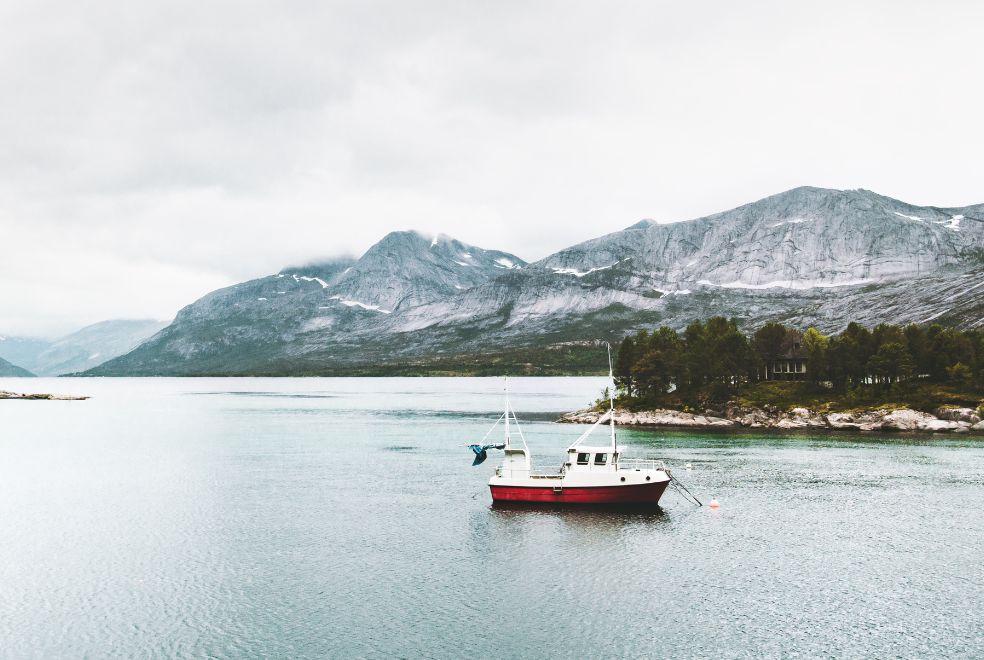
From the line fishing of codfish in the pristine Norwegian fjords, to the harvesting of the livers and the extraction of the oil, Rosita’s ancient method of harvesting the highest quality extra-virgin cod liver oil is both thoughtful and sustainable.
At Rosita, our ethos is to work with nature to create the highest quality, most sustainable fish liver oils available. From the line fishing of codfish in the pristine Norwegian fjords where we live, to the harvesting of the livers, to the extraction of the oil, every step of our method is sustainable and ethical. This type of cod liver oil is nearly impossible to achieve with the standard, mass-production methods used by major brands, where heavy refining strips the oils of most of their nutrients.
Here’s how we obtain our extra-virgin cod liver oil, and why we do it the way we do.
In harmony with our environment
Our extra-virgin cod liver oil (EVCLO) begins its journey in Norway, sourced from the pristine, crystal clear waters. The cod that we fish are wild, situated far from the farmed fishing areas, in their own sustainable cod stocks where they’re able to thrive. We’re committed to protecting these waters as best we can to support the delicate balance of the ecosystem and cause as little interference as possible:
1. Our wood-and-aluminium fishing boats are small and belong to us, meaning we can control the way we fish and ensure that correct processes are followed. Compared to larger commercial fishing vessels, our artisan boats cause minimal damage to the environment, and help protect the species. We put out long lines baited with slices of frozen mackerel or herrings, which enables us to carefully catch the cod without destructive trawling methods that cause the fish stress and physical damage.
2. We practise long-line fishing, using lines that are seabird-friendly, rather than large nets that can harm or entrap animals and other bycatch. We also fish for deep-sea codfish in waters over 200m deep. Conversely, other commercial manufacturers often purchase fish on the open market or from brokers, which can result in a greater carbon footprint and no guarantee of freshness.
3. We avoid overfishing by focusing on small-batch production, and abiding by the fishing quotas set by the Norwegian government.
4. We believe in balance, so any unused catch, or offal, is thrown back to the seabirds. We give back what we take in a cyclical, organic way that is in harmony with nature’s delicate balance.
Clean processes, clean oil
No harmful chemicals are used during any stage of the creation of our EVCLO, and our oil-cleaning process uses natural substances from the ocean, and excludes harmful chemicals and heat. This natural method means that the delicate fatty acids and naturally-occurring vitamins remain robust and intact. Once we catch our codfish, our fishermen carefully remove the hooks and begin to harvest the livers on deck. They carefully sacrifice the fish, remove the livers, and wash them in pure, cold water. The livers are then immediately placed under proprietary conditions to maintain freshness, and the meat and insides are separated for other uses, whilst the livers are quickly ferried to shore.
When the livers reach the docks, they’re carefully hand inspected at Rosita’s zero-emission production premises, thereby avoiding any rough handling that couldcause bruising or degeneration. Using an ancient Viking tradition, we use only the freshest livers that meet a specific quality and weight. This means that the final livers are large, beautifully plump, soft to the touch and have an almost cream-coloured appearance, all of which indicate the health of the codfish they came from.
The final step is to release the oil from the fresh cod livers, using an ancient, natural method for cod liver oil extraction. We create a gentle shift in temperature, from the icy cold water that the livers are submerged into below-room temperature. This triggers the livers to release their natural oils, and is done without any heat whatsoever, which protects the oil’s nutritional value. Immediately after the oil is released, it is very lightly filtered using only a very low temperature and gravity, which helps remove particles of liver tissue, without refining the oil. Conventional procedures tend to use more aggressive measures, which unfortunately removes most of the healthy, fat-soluble vitamins. Synthetic vitamins are routinely added by commercial producers to make up for this loss. In fact, most popular cod liver oil brands are purified to the point where the natural vitamin A and vitamin D3 are damaged or completely destroyed.
Finally, we add a drop of rosemary and natural, GMO-free vitamin E to maintain freshness, and bottle the oil in an amber glass to extend its shelf life. The bottle is then nitrogen-flushed and oxygen is removed to ensure safe shipping in all temperatures. We then test samples of each batch in a microbiological laboratory, which ensures each batch is certified to meet the strict European regulations for potency and purity. The result is 100% unadulterated, wild and raw Extra Virgin Cod Liver Oil (EVCLO).
The dirty side of commercial cod liver oil production
What usually happens with commercial cod liver oil production is that the oil ends up coming from both wild-caught and farmed pollock, haddock or other fish species. In fact, the international production of cod liver oil is only regulated by one rule — the final product must match the specific EPA/DHA ration found in raw cod liver oil. However, cheaper oils are often added to achieve the correct balance of EPA/DHA, and the oil is then bottled and sold wrongly as true Norwegian or Arctic cod liver oil. As for the extraction of the oil, commercial production companies usually use large trawlers that spend weeks at sea. Often, the livers are collected and stored on the ship for days where they start to degrade. They are then ground up, heated or cold-pressed mechanically to extract the oil, which destroys most of its nutritional value. The leftover cod liver meal is then shipped to Southeast Asia, where it’s used in the shrimp feed industry. In essence, the marketing term “cold-pressed” cod liver oil does not in fact mean that the liver is somehow raw or gently processed. In reality, it means that the oil is extracted cold from the liver before being heated up to high temperatures during the post-extraction mechanical processing.
Natural fishing method
Our wooden boats are made water resistant by using non-oceanic resources to ensure that the wood doesn’t deteriorate and the boats don’t degrade and sink, which would not be very sustainable! The keel and frames are traditionally made of hardwoods, like oak, while the planking is often made of softwood, like pine, larch or cedar. Glue, screws, rivets and nails are used to join these wooden components. Boiled linseed oil is often used to line the inside of the boats as it is mildew resistant. We also have some boats that are made of various materials such as acrylic, aluminium and stainless steel, with some made partly from fibreglass.
We have alliances with artisan fishers who are extremely experienced, equipped with fishing knowledge passed down the generations. This means that our fishing practices and processing procedures are rather traditional. Many of our techniques originate from ancient Viking times, tried and tested through-and-through. And you know what they say, practice makes perfect.
The fishers use traditional, small boats with shelter decks for some protection from the weather. Seabird-friendly long lines are used, as opposed to destructive trawling methods. This is a more selective way to catch the cod and help to ensure that by-catch is limited. It also limits the amount of juvenile cod that are caught, as if a juvenile is caught, they can be released back into the ocean more easily than with other methods. The barbless hooks that we use shorten the time that the juvenile fish is caught for and reduce the impact on the fish. Therefore, its chance of survival are increased when it is released, helping to avoid depletion of the cod population.
How stable is the availability of Rosita Cod Liver Oil?
Winters in Norway are long and harsh, we operate in some of the most rugged waters in the world, with steep mountains lining the deep fjords, rocky coasts, and vicious waves at times. As these waves can be very dangerous for our fishermen, we have to take a lot of care, and when conditions get too bad the fishing and harvesting of codfish has to be postponed. As a result, there will be ebbs and flows in the production of our cod liver oil.
As mentioned, our EVCLO is sourced using ancient fishing practices, which also determine what time of day fishing can occur. Along with this, there are quotas set by the Norwegian government to ensure Atlantic cod isn’t overfished, so Rosita cod liver oil supply is limited.
In summary, there may be shortages of our EVCLO due to numerous factors. However, these factors also make our oil that much more unique and sustainable. We take no shortcuts. Instead, we have expanded our production capabilities to become more efficient and have invested in a modern bottling facility.
Summary
Our wild codfish are caught with a high level of traceability, meaning we can trace back exactly where each batch came from. This gives us certainty that no unsustainable or unethical corners were cut to get the final product.








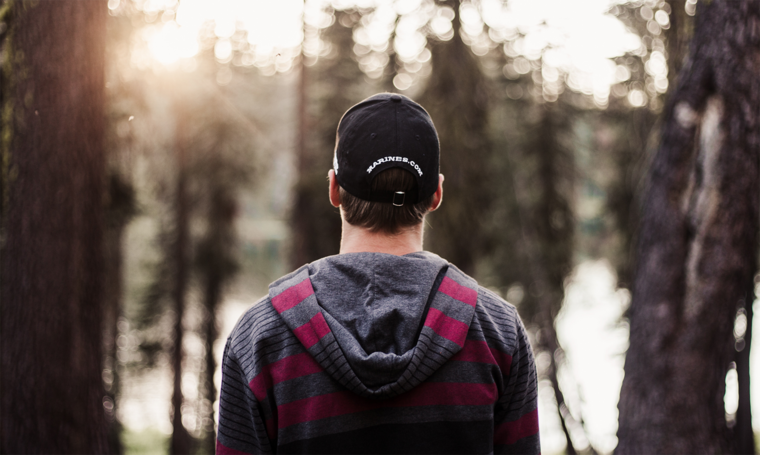
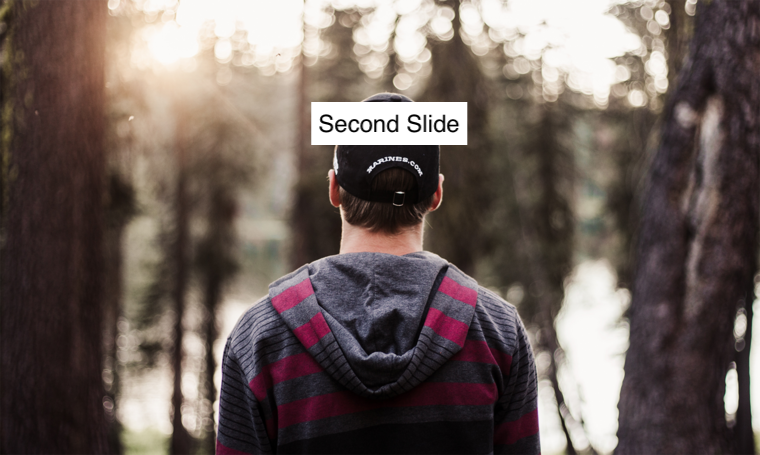
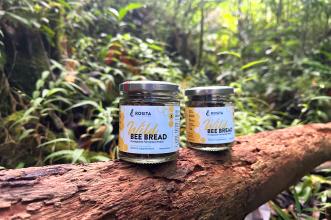
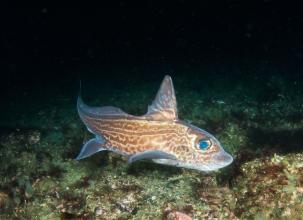
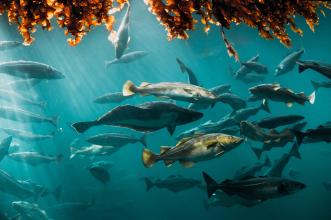
Leave a comment